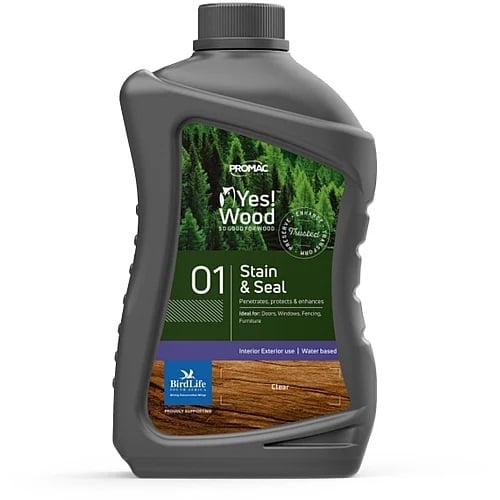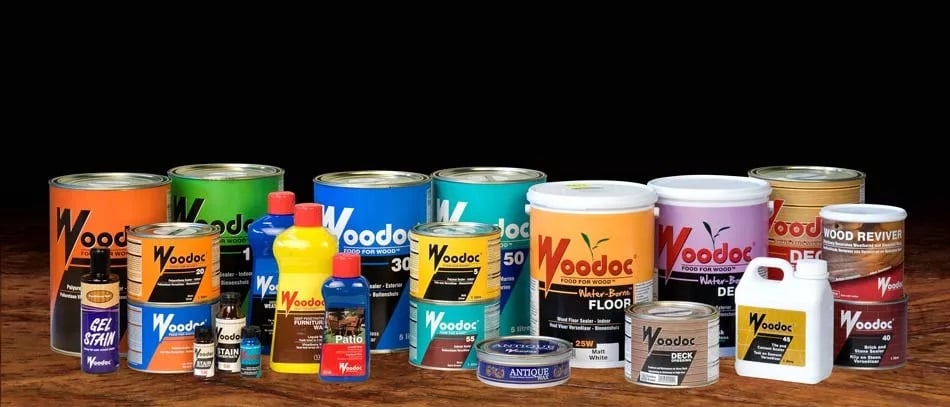The Ultimate Guide to Waterproofing Wood: Preserve, Protect, and Beautify

Wood is a timeless material that adds warmth, beauty, and character to any space. From furniture to flooring, decks to fences, wood is a versatile choice that brings a natural element into our homes and outdoor areas. However, wood is also susceptible to damage from moisture, which can lead to rot, decay, and ultimately, the deterioration of your prized possessions. That’s where waterproofing comes in.
In this comprehensive guide, we’ll explore the importance of waterproofing wood, different methods for achieving it, and the best products to use to keep your wood looking its best for years to come.
Understanding the Need for Waterproofing
Wood is a porous material, meaning it can absorb moisture from its surroundings. When exposed to water, wood can swell, warp, and even rot if not properly protected. This is especially true for outdoor wood structures like decks, fences, and furniture, which are constantly exposed to the elements.
Waterproofing wood is essential to prevent these issues and prolong the life of your wooden items. By creating a barrier that repels water, you can keep your wood looking beautiful and structurally sound for years to come.
 Methods for Waterproofing Wood
Methods for Waterproofing Wood
There are several methods for waterproofing wood, each with its own advantages and disadvantages. Here are some of the most common techniques:
- Sealing with Waterproofing Stain: Waterproofing stains are specially formulated to penetrate the wood and create a protective barrier against moisture. These stains come in a variety of colors and finishes, allowing you to customize the look of your wood while providing long-lasting protection.
- Applying a Clear Sealant: Clear sealants are another option for waterproofing wood. These products form a clear film on the surface of the wood, preventing water from seeping in. While not as decorative as waterproofing stains, clear sealants are a good choice for preserving the natural beauty of the wood.
- Using Epoxy Resin: Epoxy resin is a popular choice for waterproofing wood, especially in applications where durability is key, such as outdoor furniture or countertops. Epoxy forms a strong, waterproof bond with the wood, providing long-lasting protection against moisture and wear.
- Pressure Treating: Pressure treating is a process in which wood is placed in a pressure chamber and infused with chemicals that make it resistant to moisture, decay, and insects. This method is commonly used for outdoor wood structures like decks and fences, providing durable protection against the elements.
 Choosing the Right Products
Choosing the Right Products
When it comes to waterproofing wood, choosing the right products is essential for achieving the best results. Look for high-quality waterproofing stains, sealants, or epoxy resins that are specifically designed for use on wood. Consider factors such as durability, ease of application, and environmental impact when selecting a product for your project.
Additionally, be sure to properly prepare the wood surface before applying any waterproofing products. This may involve sanding, cleaning, and priming the wood to ensure proper adhesion and penetration of the waterproofing agent.
Waterproofing wood is a crucial step in preserving its beauty and integrity for years to come. Whether you’re protecting outdoor structures from the elements or enhancing the appearance of indoor furniture, there are a variety of methods and products available to help you achieve the best results.
By understanding the importance of waterproofing and choosing the right products and techniques for your project, you can enjoy the natural beauty of wood without worrying about the damaging effects of moisture. So go ahead, invest in the longevity of your wooden possessions, and enjoy their beauty for years to come.
Comments
Add comment